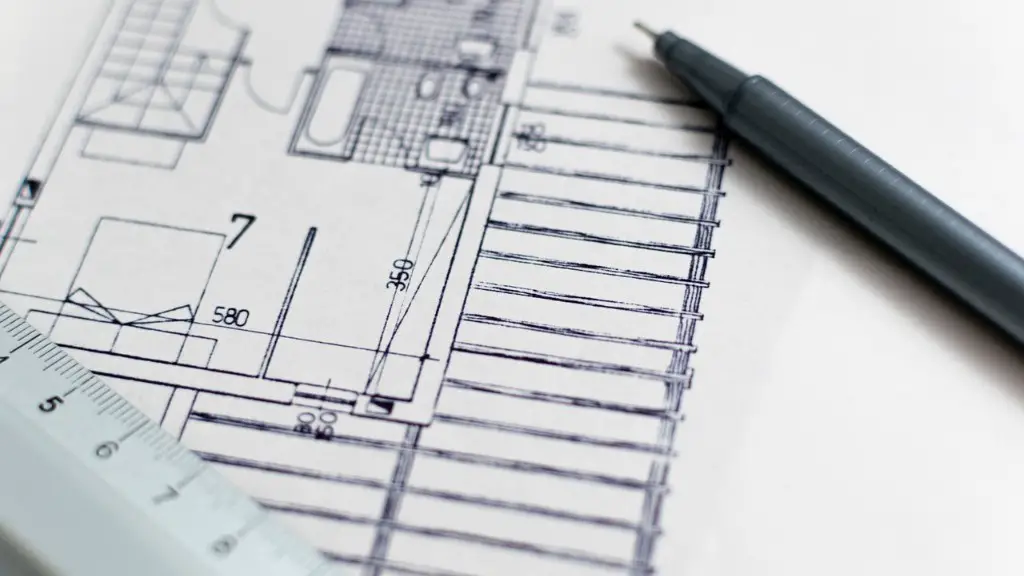Designing Software Applications With Clean Architecture
A software application is only as strong as its design, and the cornerstone of that design should be quality code. Quality code is driven by good software architecture, and the most effective type of architecture is clean architecture. In this article, we will explore what clean architecture is and how it can improve your software development process.
Clean architecture, also known as “clean code” or “clean software,” is a software design approach that emphasizes simplicity, readability, and maintainability without sacrificing efficiency or scalability. Clean architecture is a way of structuring software in layers, with an eye towards making it easier to understand, debug, and update as needed. It is based on the SOLID principles, an acronym for Single Responsibility Principle, Open/Closed Principle, Liskov Substitution Principle, Interface Segregation Principle, and Dependency Inversion Principle.
The primary goal of clean architecture is to decouple the different parts of a software application while creating a clear separation of responsibilities between them. This decoupling has several benefits, including the ability to easily facilitate changes on the application, reduce technical debt and create a system that will scale well. Clean architecture helps with troubleshooting, debugging, and maintenance by helping to separate out code, making it easier to identify and address issues.
When applications are designed with clean architecture, developers are able to focus on writing and debugging code instead of worrying about integration issues or long-term scalability. This allows developers to stay focused on improving the code and not having to worry about dependencies between components. Clean architecture also prevents issues from occurring by communicating the intent of the code to a larger audience, which improves the maintainability of the codebase.
Another benefit of following clean architecture is that it creates strong boundaries between the different parts of the codebase, which makes it easier for different teams to collaborate on the same project without running into conflicts. This facilitates development on a larger scale and encourages cooperation between different teams.
Clean architecture is also beneficial from a testing perspective. When the different components of a software application are well-defined and decoupled, it is easier to write automated unit and integration tests that cover the different parts of the codebase. This ensures that any existing bugs and issues can be addressed quickly and efficiently.
Moreover,Clean Architecture and Cost Reduction
An additional benefit of employing clean architecture is cost reduction. By avoiding issues related to integration and scalability, developers are able to focus more on the actual code, allowing them to work more efficiently. This efficiency translates into reduced costs, as it results in fewer hours of labor that need to be billed.
Additionally, when a codebase is designed in a way that makes it easy to understand and navigate, maintenance costs are significantly reduced. This is due to the fact that developers are able to quickly find and fix any issues that arise. Because clean architecture is designed to be self-documenting and easily understood by other developers, it is far easier to shift between tasks and ensure correct implementation.
Finally, clean architecture helps reduce long-term costs related to application maintenance. By separating out the different components of an application and imposing boundaries between them, it is far easier to debug and troubleshoot any code-related issues. This makes it easier to scale a software application, allowing businesses to expand their services without having to rewrite entire sections of code.
Adopting Clean Architecture in Your Organisation
In order to reap the benefits of clean architecture, it is important to implement it properly within an organization. The key to successful implementation is to set up a system of policies, guidelines, and processes that encourages developers to use this approach when writing code. These guidelines should be clearly communicated and enforced so that everyone understands the benefits of clean architecture and its importance within the organization.
Additionally, the development team should be given the necessary support and resources so that they can quickly adopt clean architecture correctly and write code that is understandable and maintainable. Investing in training and providing the best possible tools will ensure that developers are empowered to create a quality codebase.
The Challenges of Adopting Clean Architecture
Despite the numerous benefits of adopting clean architecture, there are a few challenges to be aware of. One of the drawbacks of using this approach is that it requires more effort on the part of the developer and can be time-consuming. This can result in higher costs for businesses, as it takes longer to write code in this way.
Another challenge with clean architecture is that it can be difficult to maintain and scale complex applications. Due to the increased complexity, it is much more difficult to identify and address any issues that arise in the codebase. Additionally, developers may find it difficult to comprehend the complexity of a codebase that has been written with clean architecture.
Conclusion
Clean architecture is an effective way to structure software, as it promotes maintainability, readability, and scalability. It helps to reduce technical debt as well as long-term maintenance costs, and encourages collaboration between different teams. While there are some challenges to adopting clean architecture, the long-term benefits far outweigh the short-term costs. Ultimately, any organization that is serious about producing quality code should be sure to implement clean architecture in their development process.

